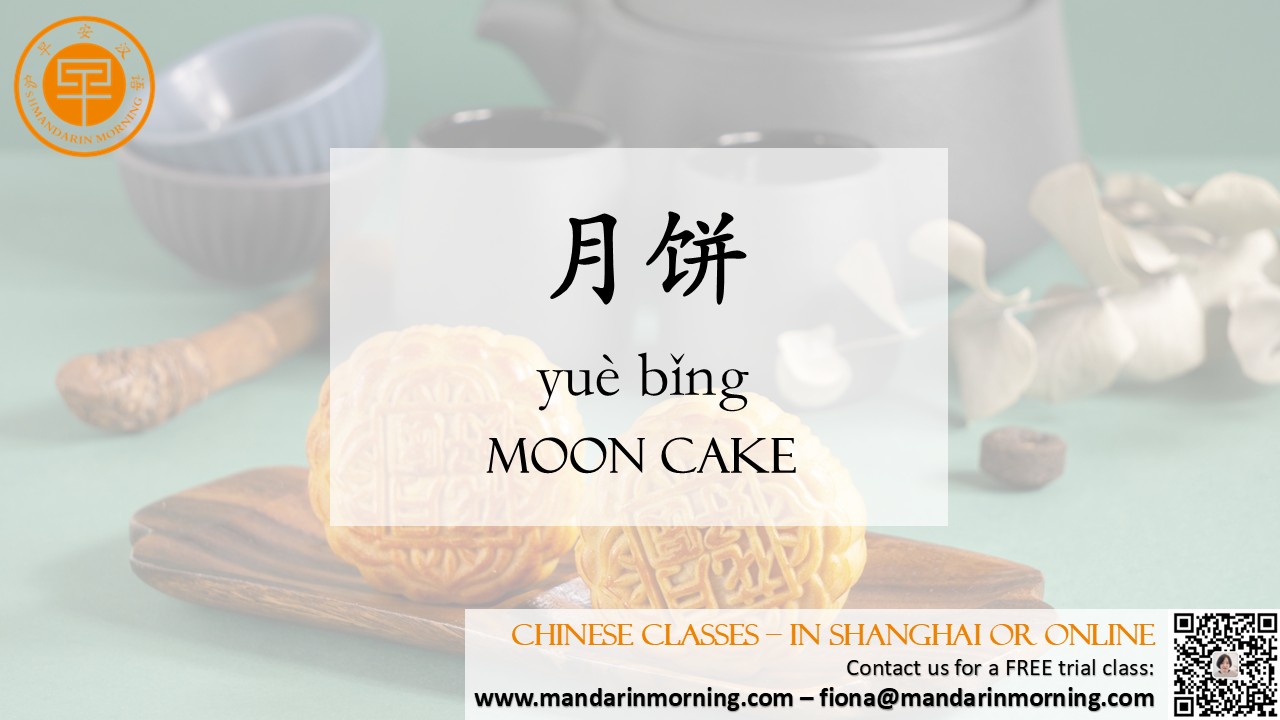If the full moon is the symbol of the Mid-Autumn Festival, then the 月饼 (yuèbǐng), or mooncake, is its delicious, tangible heart. This rich, dense pastry is so much more than a seasonal treat; it is a cultural artifact, a messenger of goodwill, and a topic of endless culinary debate. To understand the mooncake is to take a delicious bite into Chinese history and tradition. The round shape of the 月饼 is its most immediate symbolic feature. It directly mirrors the full moon, reinforcing the festival's core theme of 团圆 (tuányuán) – family reunion. Giving and receiving mooncakes among family, friends, and business associates is a key social ritual. It is a gesture of respect and a way of expressing best wishes. In recent decades, mooncakes have become elaborate gifts, with ornate packaging often being as important as the cake itself, making them a significant part of the holiday's economy. Now, let's talk about what's inside! The traditional mooncake is a complex creation. The skin, or 皮 (pí), can be tender and thin or crumbly and thick. The most classic filling, or 馅儿 (xiànr), is a sweet paste made from 莲蓉 (liánróng) – lotus seed paste – encasing one or two salted duck egg yolks. The yolk represents the full moon, making the cake a miniature universe. Another very popular variety is 五仁 (wǔrén), a mix of five types of nuts and seeds, which offers a crunchy texture and a less sweet flavour. However, the world of 月饼 is not stuck in the past. Modern chefs have embarked on a wave of innovation, creating what many call "snow skin" 冰皮月饼 (bīngpí yuèbǐng). These mooncakes are not baked but refrigerated, with a soft, chewy skin and fillings like green tea, chocolate, or even ice cream. This has revolutionized the mooncake, appealing to younger generations and those who prefer less oily desserts. But perhaps the most fascinating story is the mooncake's role in history. Folklore says that during the Yuan Dynasty, Han Chinese rebels plotted to overthrow the Mongol rulers. They secretly passed messages hidden inside mooncakes, using the festival as a cover for their revolution. Whether this story is true or not, it adds a layer of intrigue to every slice. So, the next time you hold a 月饼, remember you are holding centuries of culture. From its symbolic shape to its evolving fillings, it represents both the preservation of tradition and the spirit of innovation. When you share a mooncake with your language classmates or teachers this 中秋节, you are participating in a ritual that is both ancient and wonderfully alive. 祝你中秋节快乐!(Zhù nǐ Zhōngqiū Jié kuàilè! - Wishing you a happy Mid-Autumn Festival!) |